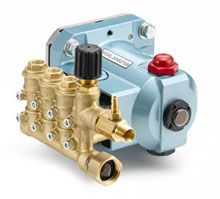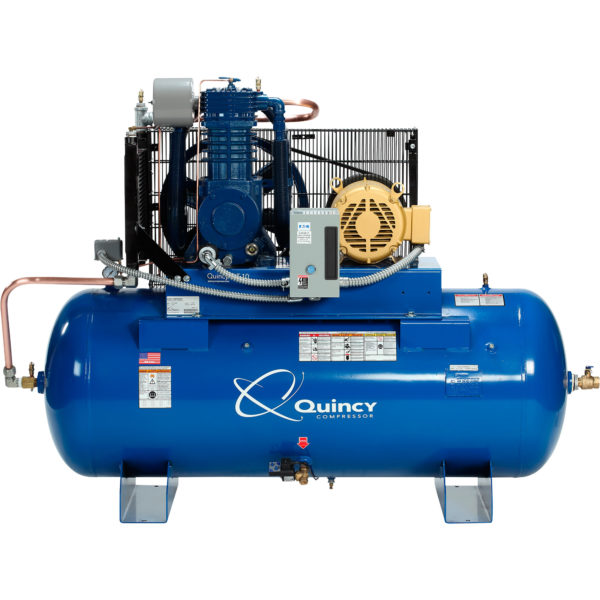Electric Motors
Cascade Machinery & Electric has been selling and servicing electric motors and electric motor equipment since the inception of our business ten decades ago. As such, we also consider ourselves experts in the topic. Below you will find a few of the most frequently asked questions regarding electric motors.
What is the difference between asynchronous and synchronous motors?
The synchronous motor where the rotor speed and the stator magnetic field is equal. With asynchronous motors, the rotor rotates at a speed less than the stator speed. Brushless motors are synchronous motors. Asynchronous motors are much more affordable than their synchronous counterparts. AC motors are manufactured in both types. The most common is the asynchronous design often referred to as an induction motor.
Synchronous motors are used in power stations and manufacturing industries. They are also used as voltage controllers. Asynchronous motors are used in centrifugal pumps and fans, compressors and lifts, and found in paper and textile industries.
What should be the operating temperature of an electric motor?
The most common motors can have a surface temperature of 175 degrees Fahrenheit or higher. The design and ambient temperature can factor into the range of surface temperatures. Using your hand to determine whether a motor is running too hot is never wise. Temperature gauges are available to monitor overheating.
Why do electric motors fail?
Most will fail due to bearing issues. There are several reasons for bearing problems. Not enough lubrication is the number one issue. Create a schedule for lubricating bearings by hours in usage or according to calendar triggers (eg. every 3 months). Excessive greasing of bearings can be a problem as well. Grease guns can generate more pressure than necessary. Grease slowly to prevent seals from being compromised. The wrong lubricant is also an issue. With every motor we sell, we also sell lubricant and maintenance supplies to help you extend the life of the products.
Motor and load misalignment is another cause of failure. Alignment needs to be checked regularly because temperature can affect alignment over time.
Shaft overload can put to much pressure onto the shaft bearings. If you are using a belt driven motor, you should monitor your belts regularly for wear. Check your bolts and connectors regularly as well. Loose connectors generate high levels of vibration leading to bearing failure.

About Cascade Machinery Electric Motors
Our products are found throughout commercial and industrial applications, especially in harsher environments where performance is essential.
Because of our climate in the Northwest, many of our customers must operate in wet and humid environments. We specialize in electric motor solutions for those issues as well as extreme temperature situations. Another large portion our business is motors needed for OEM applications.
Our client base is diverse including agriculture, food and beverage, material handling, municipalities, the fishing industry, and more.
We distribute:
ARCO’s Roto-Phase electric motors are used within the agricultural industry. Roto-phase is commonly  referred to as a phase converter or phase generator. One voltage is generated and paralleled with two voltages producing three-phase power. Irrigation systems rely on their three-phase electric pump motors instead of diesel and gas generators. This provides a cleaner form of power without the threat of environmental contamination.
referred to as a phase converter or phase generator. One voltage is generated and paralleled with two voltages producing three-phase power. Irrigation systems rely on their three-phase electric pump motors instead of diesel and gas generators. This provides a cleaner form of power without the threat of environmental contamination.
Varieties of the three-phase motor are also used in hoist and trolley applications, sewage lift stations,
freight and passenger lifts, and even television and radio power supply.
Our ARCO capacitors are beneficial for regulating power supply. The right capacitor has the ability to save on energy usage and costs. It is not uncommon for the installation of a proper capacitor to recoup substantial costs in energy usage. We have seen businesses use them to reduce transformer loads and provide a backup electrical system. This is extremely important when the loss of electric power can impede on manufacturing activity or shut down critical operations.













